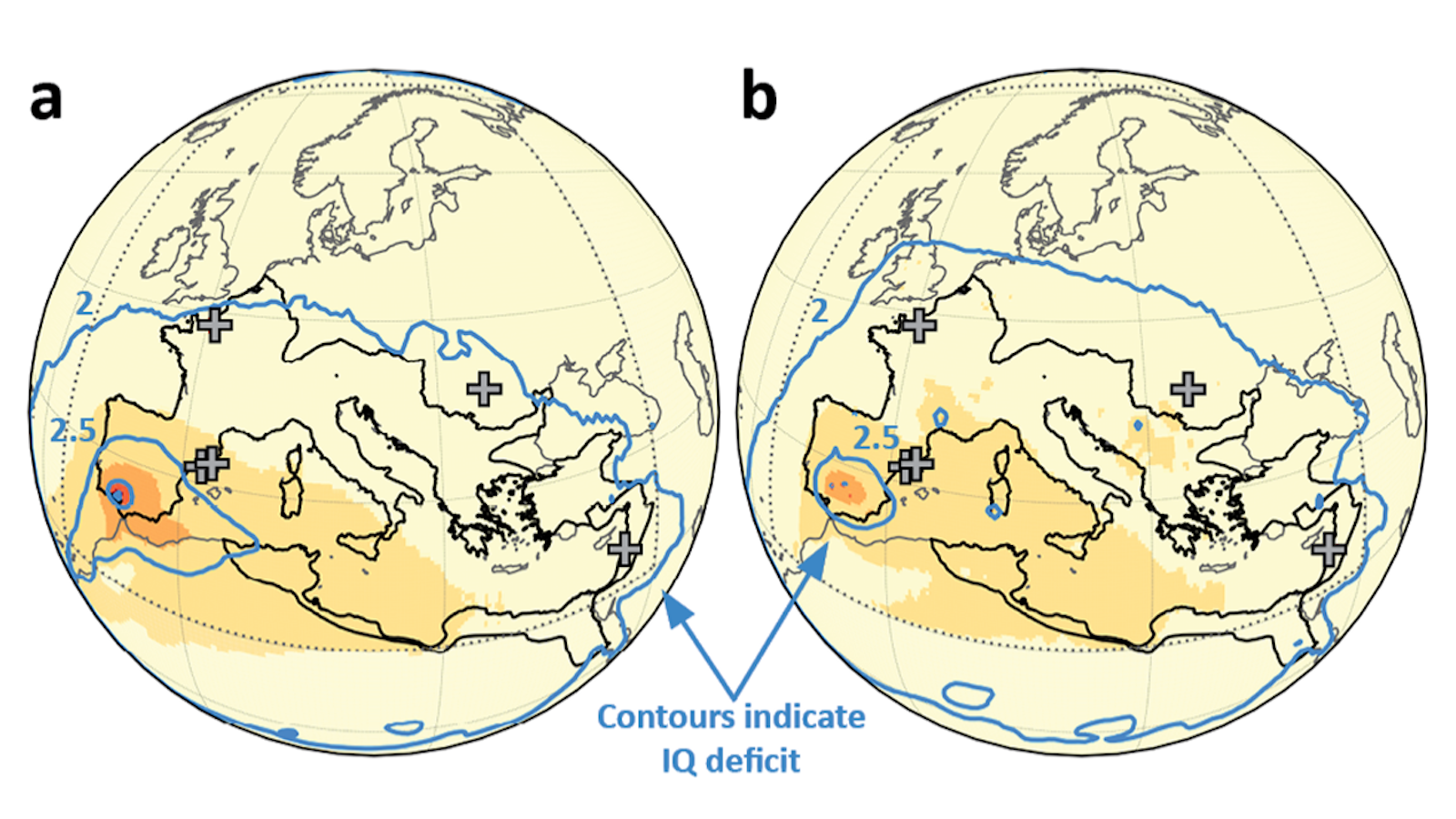Earth, Meet Your Twin: Kepler-22b

What’s the Big Idea?
Does Kepler-22b really exist? Is there life on this planet? Could we inhabit it? How would we get there? These are a few of the many questions that arose after NASA announced on Monday that a possible Earth twin had been discovered by the Kepler space mission. The planet, named Kepler-22b, is located in the so-called “Goldilocks zone,” a habitable zone around a star that is not too hot nor too cold for the existence of liquid water. If there is liquid water, Kepler-22b apparently offers great beach weather, with a surface temperature of 72 degrees (22 Celsius).
What’s the Significance?
NASA’s Kepler telescope has allowed us to glimpse into far distant realms, and based on observation we can calculate the possibility that there could be some 2 billion potential earth-like planets in the Milky Way Galaxy alone. However, only two planets fit the same profile as Kepler-22b—Gliese 581d and HD 85512. Now here’s the bad news: Gliese 581d is 20 light years away, meaning it would take something like 3,000 lifetimes to travel there. Kepler-22b, on the other hand, is 600 light years away. That is why the Moon and Mars have been proposed as the strongest two possibilities for human settlements in space.
Therefore, the most immediate question is not whether we can inhabit Kepler-22, but whether life might exist there. According to Paul Davies, Cosmologist and Astrobiologist at Arizona State University, there is no shortage of real estate in space where life might be habitable. But how likely is it? In the video below, Davies explains how “the pendulum has swung from extreme skepticism about extraterrestrial life to extreme credulity.”
Watch the video here:





